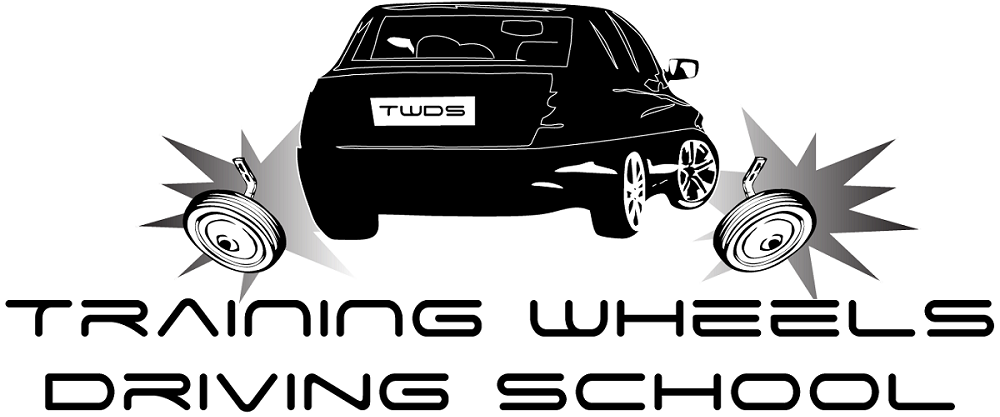While most of the tips passed on to young, beginning drivers are perfectly sound and stressed properly, such as the importance of maintenance and constant upkeep of vehicles, but there are some tips that are largely misconceptions and, above all, are common myths that drivers should approach with a grain of salt before using.
Myth 1: Keep the dashboard and tires shining by wiping them with protectant compounds. Constant care is believed to prevent wear and tear, but that’s not necessarily the case. The use of various chemicals found in most cleaning products is often the cause of a cracked and aging dashboard, especially when exposed to the sun for long periods of time. Rather than use waxes and polishes, use a simple cleaning method like a damp towel to avoid drying out the interior. The biggest concern is keeping floors cleared of miscellaneous items, especially on the driver’s side, to avoid anything rolling under the pedals.
Myth 2: Cleaner fuels with quality benefits vehicles occasionally. With newer vehicle models, the assumption is that the highest octane level is the best choice for the engine, but according to manufacturers, that may not be true. Most believed anything less than premium grade lacked the quality detergent needed to keep fuel injectors clean, but all grades contain the right amount. It’s best to check your car’s user manual to make sure the grade you’re using helps the car’s performance.
Myth 3: Change the oil every 3,000 miles. Checking the oil is still important, but to change it every few months or every 3,000 miles isn’t something to worry about. Unless a vehicle is caught in extreme weather conditions often or used to tow extra weight regularly, oil changes can wait a little longer than the recommended three months.
Myth 4: Switch to neutral while sitting a red light. Most drivers believe switching to neutral at red lights is best, but the constant switching and use of lower gears can jeopardize the vehicle’s transmission and gas mileage. The better option is to remain in the highest gear or just keep the car in drive.
Myth 5: Leave doors unlocked for faster rescue. In case of an accident, drivers tend to leave their doors unlocked, but that also increases the chance of car doors swinging open and ejecting passengers from the vehicle. Some models lock automatically when in motion, but for vehicles without that feature, it’s suggested to keep your doors locked at all times and risk a broken window instead.
Myth 6: Hands-free headsets are safer than holding cellphones. As a safety precaution, hands-free gadgets are growing more popular, especially with new drivers. They’re thought to be safer, but it’s really the conversation at hand that makes drivers divert their attention. To maintain full focus on the road, it’s better to avoid multi-tasking altogether.
Myth 7: Sitting closer to the airbag is safer for drivers. Some insist to young drivers that remaining closer to the steering wheel encourages focus, but it’s better for the driver as well as passengers to remain a safe distance from the airbag, at least ten inches away to lessen possible impact. With fewer airbags in the back, backseat passengers may consider seatbelts unnecessary when in reality riding in the backseat is just as dangerous as riding in the front.
Think you or someone you know is in need of Behind the Wheel Training? Training Wheels is a Somers Point driving school specializing in teaching new teen drivers how to stay safe on the road. For more information on our lessons, please click here.

